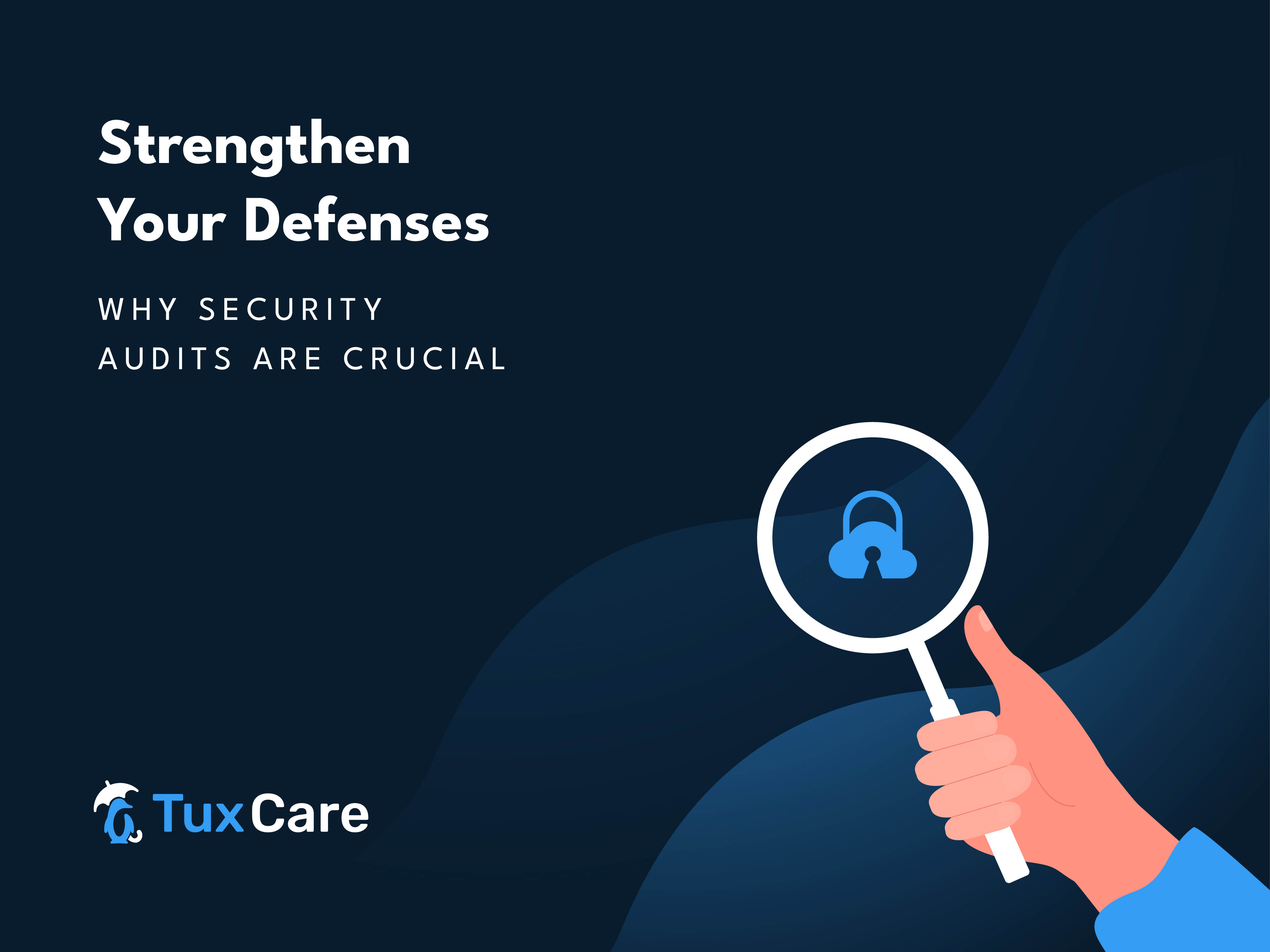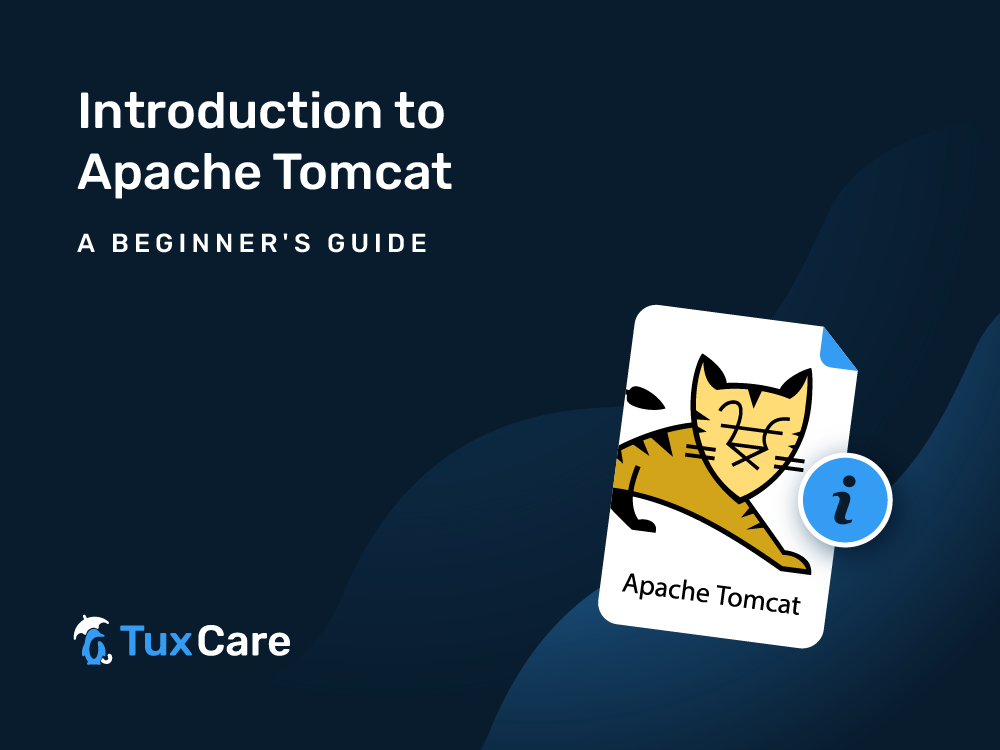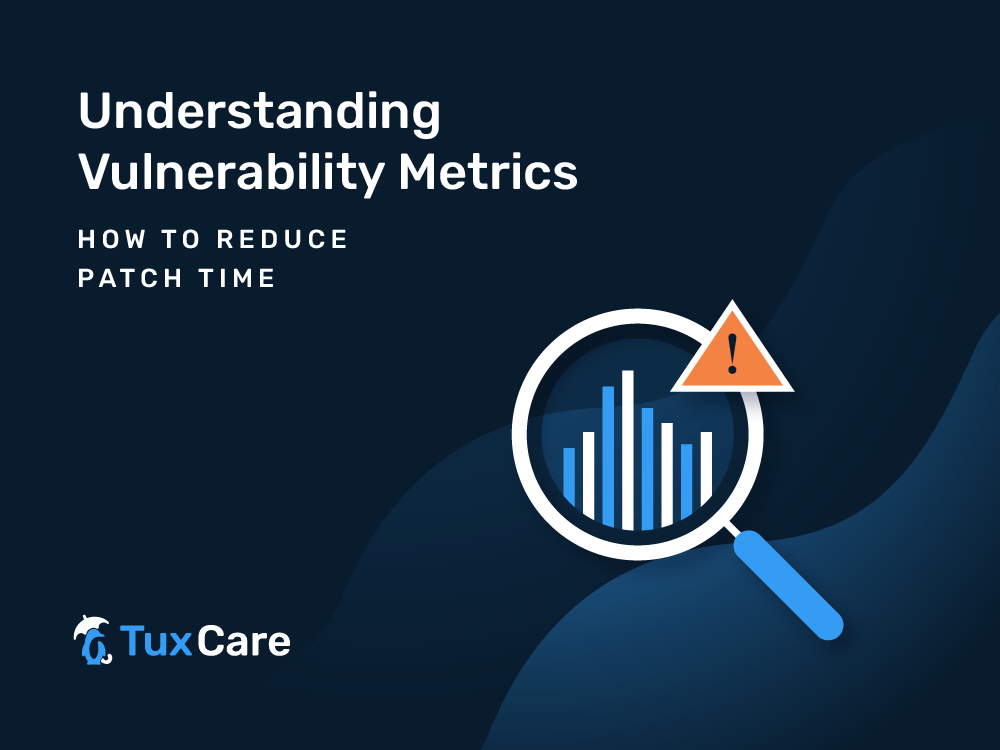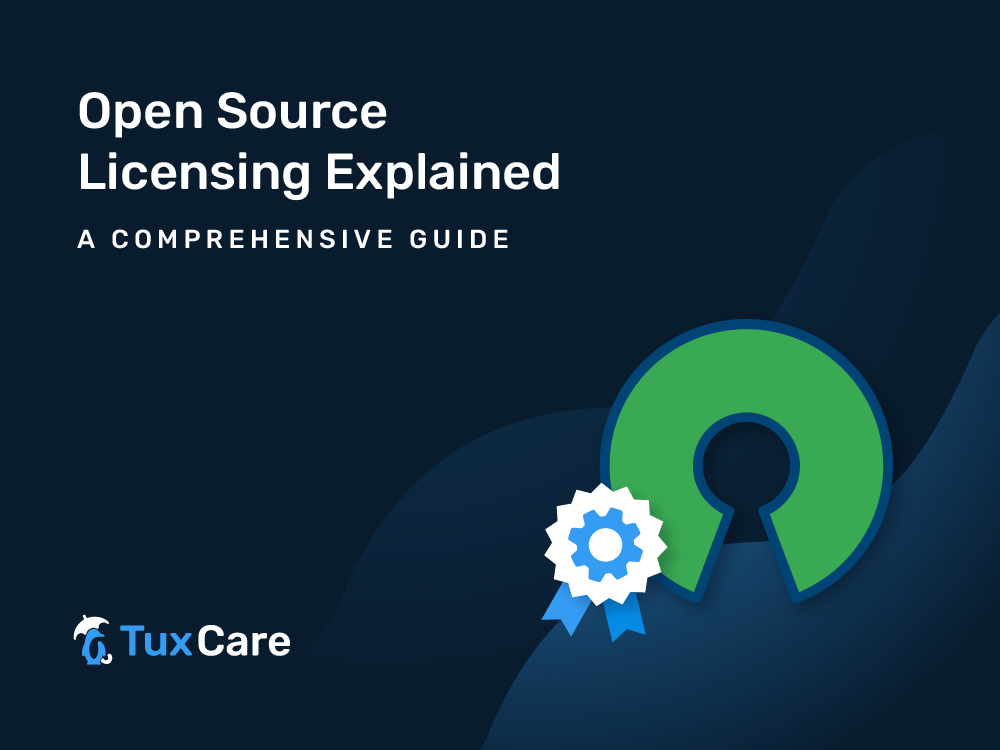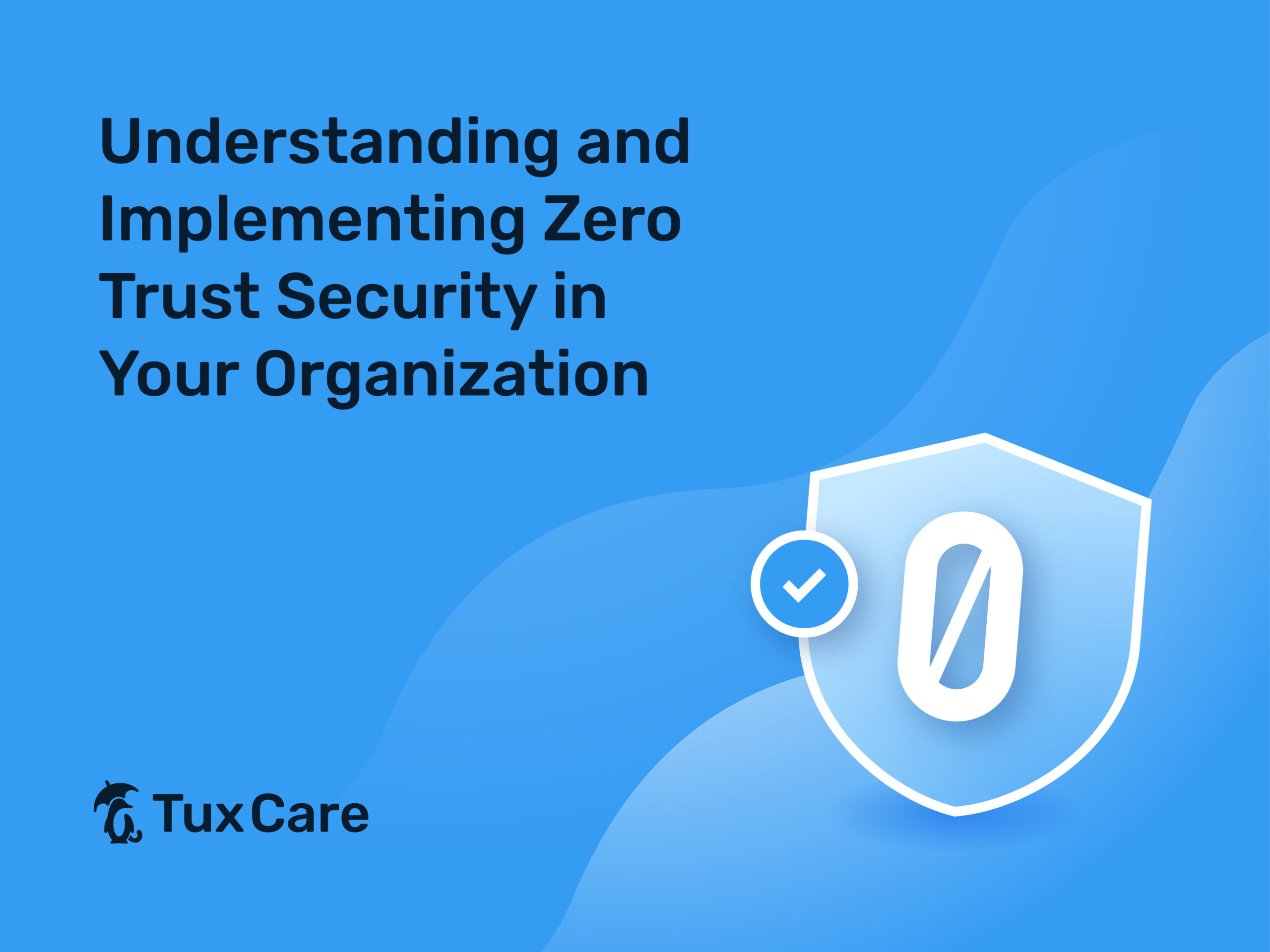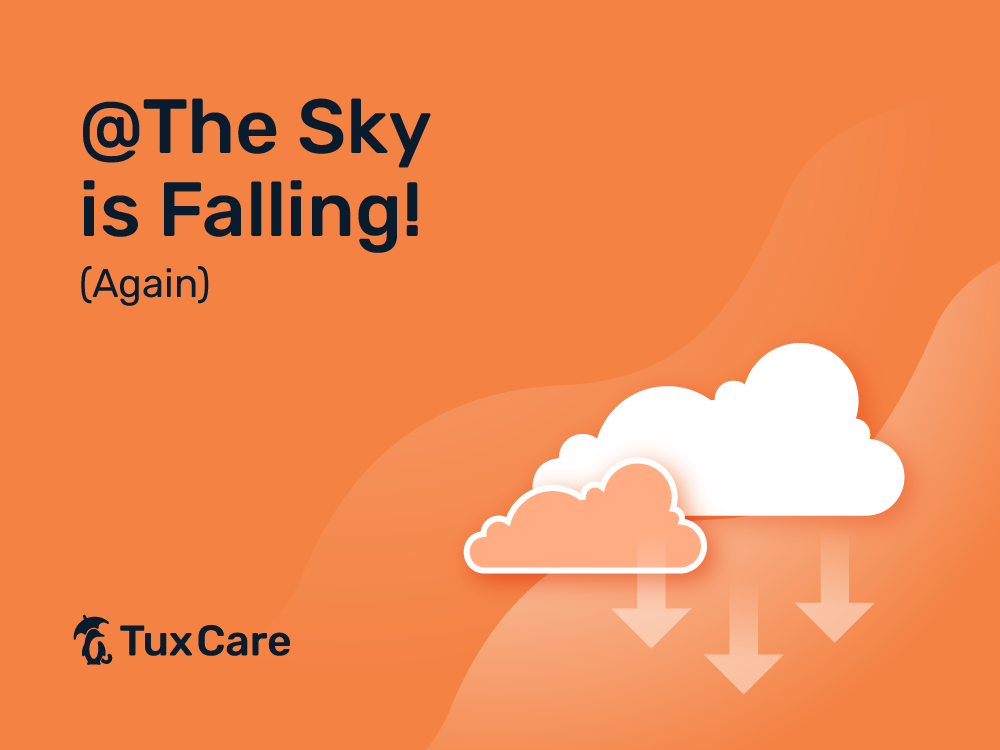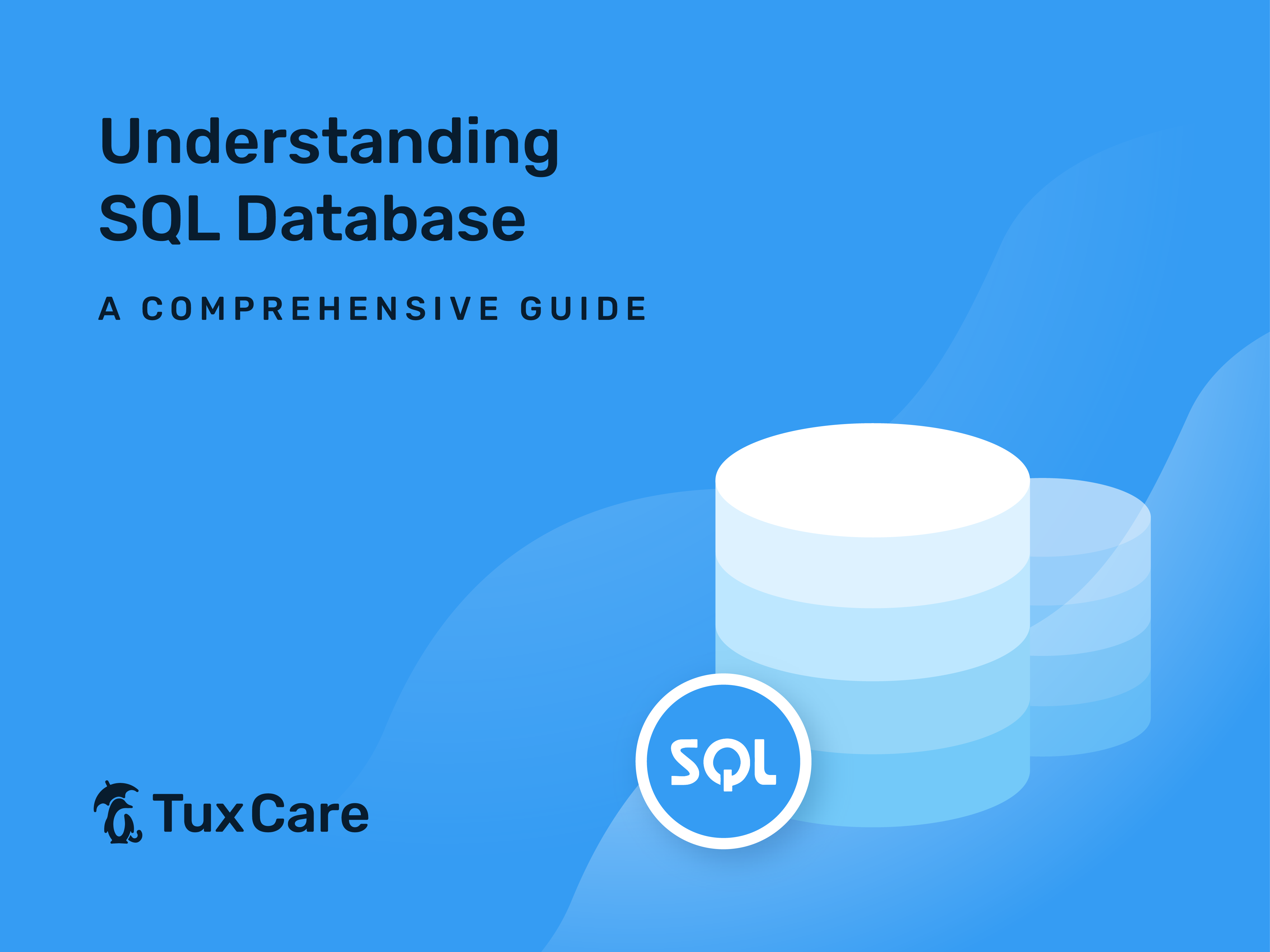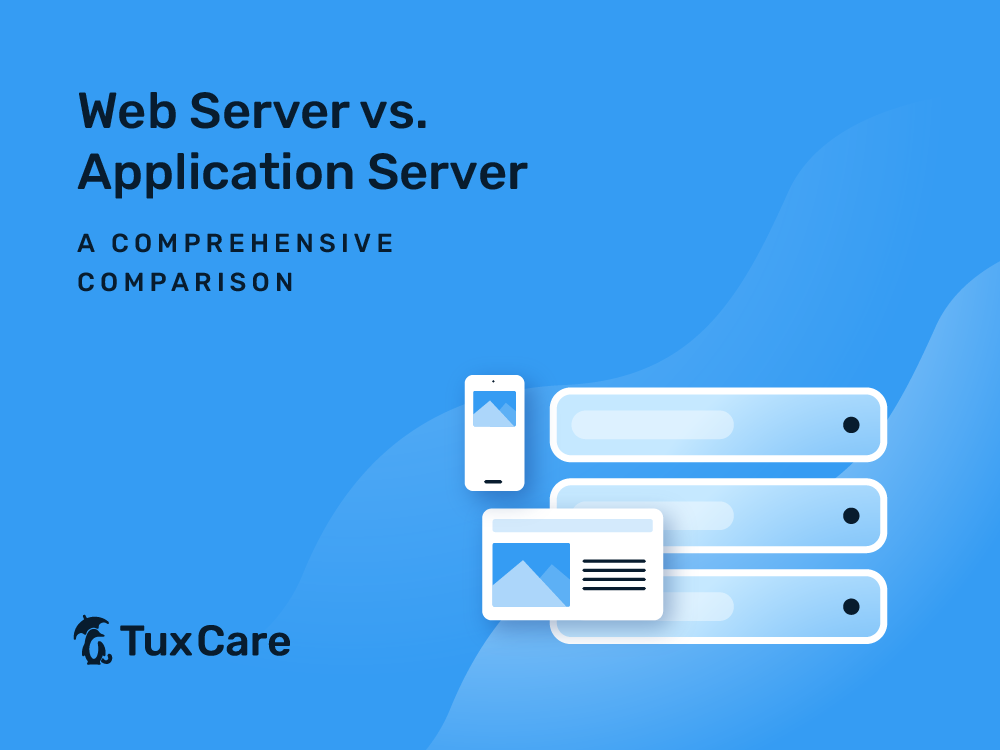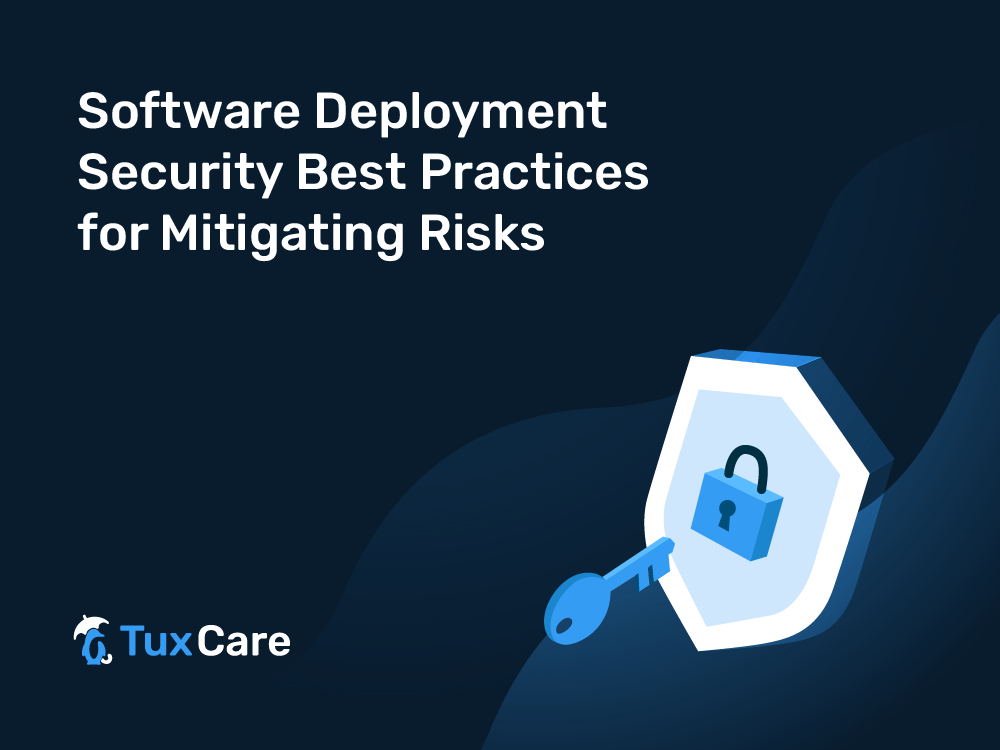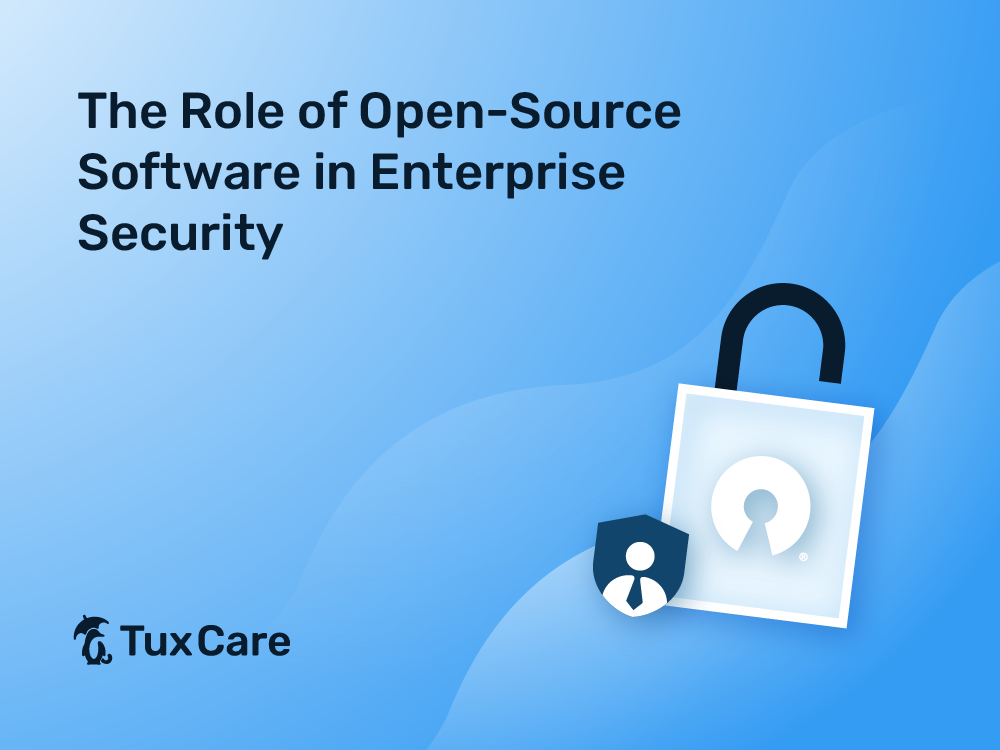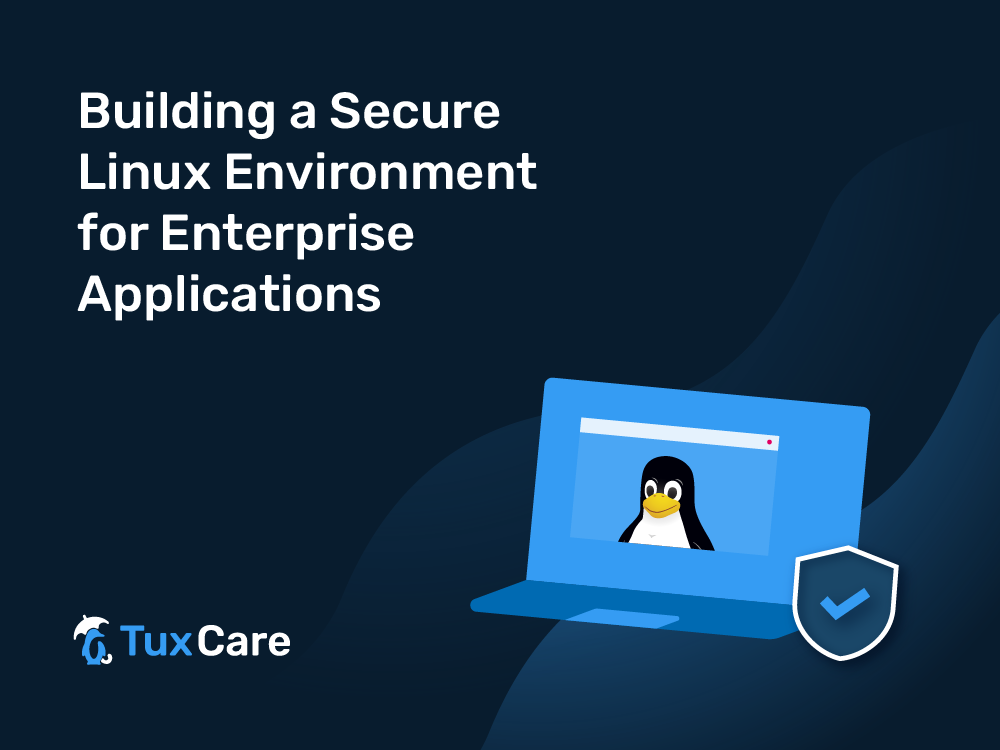Blog Series
Linux Tips & Patch Management
- No categories

Strengthen Your Defenses: Why Security...
The frequency and sophistication of cyber attacks have grown exponentially in recent years. Regular security audits help identify hidden vulnerabilities, preventing potential cyberattacks. Audits ensure compliance with regulatory frameworks like...
Introduction to Apache Tomcat: A...
Apache Tomcat is an open-source web server and servlet container for Java applications. It supports servlets, JSPs, session management, security features, and scalability. TuxCare’s Endless Lifecycle Support (ELS) offers automated...
Understanding Vulnerability Metrics: How to...
Timely patching is crucial for protecting against security vulnerabilities and maintaining compliance. MTTP (Mean Time to Patch) is a critical metric for effective vulnerability management. Reducing MTTP involves understanding...
Open Source Licensing Explained: A...
Open source licensing grants users the right to use, modify, and distribute software freely. The two main types of open source licenses are permissive and copyleft licenses. Permissive licenses...
Understanding and Implementing Zero Trust...
Today’s cybersecurity threats are evolving at an alarming rate. Your organization’s data has never been more valuable – or more vulnerable. But Zero Trust Security is reshaping how we go...
The Sky is Falling!...
We’ve been here before, haven’t we? Every other week, a new vulnerability with a sky-high CVSS score causes a frenzy. This time, it’s a 9.9 CVSS vulnerability that was billed...
Understanding Your SQL Database: A...
SQL has become the standard language for interacting with relational databases. An SQL database uses tables to store and manage structured data with a focus on data integrity and...
Web Server vs. Application Server:...
Web servers handle static content (HTML, CSS, images) and focus on fast, efficient delivery using HTTP/HTTPS. Application servers manage dynamic content, execute business logic, and provide features like transaction management,...
Software Deployment Security Best Practices...
Software deployment exposes systems to various risks, including unpatched vulnerabilities, configuration errors, and unauthorized access. Unpatched software and kernel vulnerabilities can be exploited during deployment, compromising entire systems. System hardening...
The Role of Open-Source Software...
Open-source software fosters collaboration and transparency, leading to quicker vulnerability fixes. Open-source software offers a cost-effective alternative to proprietary solutions, without compromising on security. Live patching in Linux enhances enterprise...
Building a Secure Linux Environment...
Enterprises today face sophisticated attacks that are often targeted, persistent, and difficult to detect. Keep your Linux environment secure with automated live patching to apply security updates without downtime....
 Documentation
Documentation Login
Login
